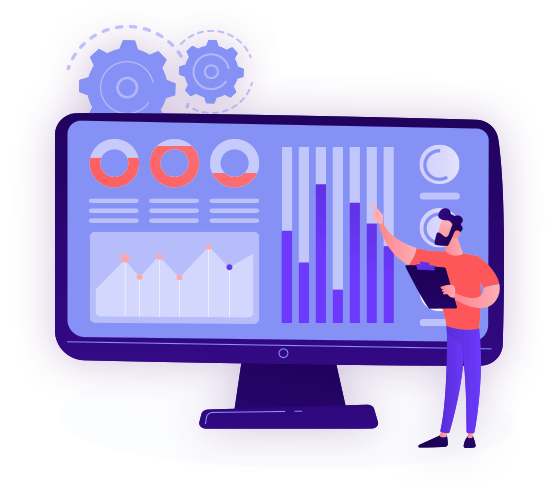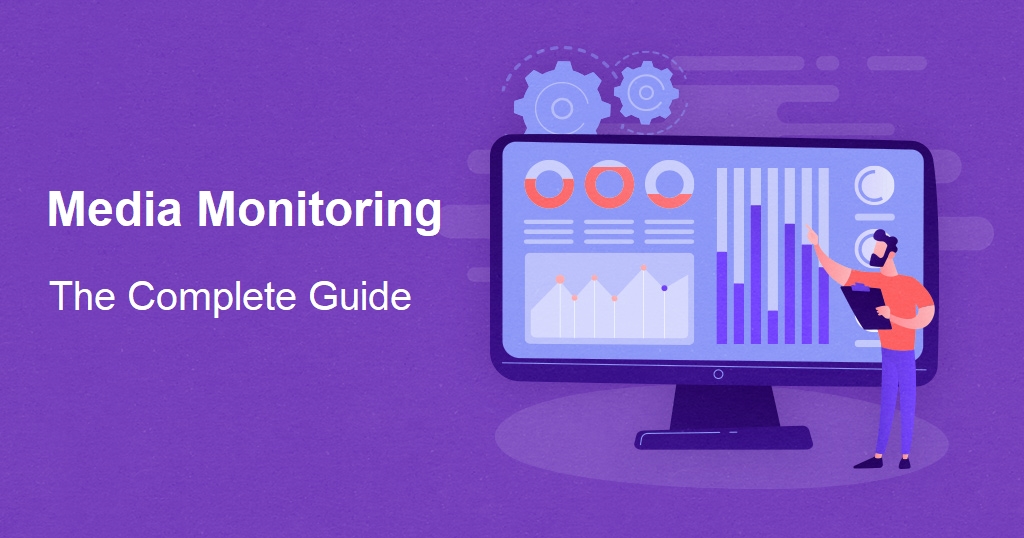Media monitoring has become an indispensable practice for businesses and organizations across various industries. It involves tracking, analyzing, and interpreting media content to gain insights into brand reputation, audience sentiment, and industry trends. In today’s digital age, where information is abundant and constantly evolving, effective media monitoring examples is crucial for staying ahead of the competition and maintaining a positive brand image.
Introduction to Media Monitoring Examples

Media monitoring encompasses the process of systematically observing and analyzing media sources such as news articles, social media posts, blogs, forums, and websites. It allows businesses to stay informed about what is being said about their brand, competitors, and industry in general.
Importance of Media Monitoring
1. Tracking Brand Reputation
One of the primary reasons companies invest in media monitoring is to keep track of their brand reputation. By monitoring online conversations and news coverage, organizations can quickly identify any positive or negative mentions of their brand and take appropriate actions to manage their reputation effectively.
2. Understanding Audience Perception
Media monitoring provides valuable insights into how audiences perceive a brand or product. By analyzing social media conversations and customer feedback, companies can gain a deeper understanding of their target audience’s preferences, opinions, and pain points, enabling them to tailor their marketing strategies accordingly.
3. Crisis Management
In the event of a crisis or negative publicity, media monitoring becomes even more critical. By monitoring news articles and social media discussions in real time, companies can promptly address any issues, mitigate potential damage to their reputation, and regain the trust of their customers.
Types of Media Monitoring Tools
1. Social Media Listening Tools
Social media listening tools, such as AIM Insights, Sprout Social, and Brandwatch, allow businesses to monitor and analyze conversations happening on various social media platforms. These tools provide insights into brand mentions, sentiment analysis, trending topics, and audience demographics.
2. Traditional Media Monitoring Services
Traditional media monitoring services involve monitoring print, broadcast, and online news sources for mentions of a brand or topic. Companies often subscribe to these services to receive comprehensive coverage of news articles, press releases, and editorials related to their industry.
3. Web Monitoring Tools
Web monitoring tools like Google Alerts and Mention enable businesses to track mentions of their brand or keywords across the web. These tools send real-time alerts whenever a new mention is detected, allowing companies to stay updated on relevant discussions and news articles.
Media Monitoring Examples
1. Brand Mentions on Social Media
A clothing retailer uses social media listening tools to track mentions of its brand across various social media platforms. By analyzing the volume and sentiment of these mentions, the retailer identifies popular trends, customer preferences, and areas for improvement in its product offerings.
2. News Coverage Analysis
A technology company monitors online news sources to track coverage of its latest product launch. By analyzing the tone and reach of news articles, the company gauges the success of its PR efforts and identifies key media outlets for future campaigns.
3. Sentiment Analysis
A hospitality chain conducts sentiment analysis to measure customer satisfaction across different locations. By analyzing online reviews and social media comments, the chain identifies trends in customer feedback and implements targeted improvements to enhance the overall guest experience.
How Companies Utilize Social Monitoring
1. Marketing Campaign Evaluation
Companies use media monitoring to evaluate the effectiveness of their marketing campaigns. By tracking brand mentions, website traffic, and social media engagement, businesses can assess the impact of their marketing efforts and make data-driven decisions for future campaigns.
2. Competitor Analysis
Media monitoring also allows companies to keep tabs on their competitors. By monitoring competitor mentions and industry news, businesses gain insights into competitor strategies, market trends, and areas of opportunity for differentiation.
3. Influencer Identification
Many companies leverage media monitoring to identify influential voices within their industry. By tracking social media influencers and thought leaders, businesses can identify potential brand advocates, engage in influencer partnerships, and amplify their brand message to a wider audience.
Challenges
1. Data Overload
One of the biggest challenges in media monitoring is dealing with the sheer volume of data generated across various channels. Companies must sift through a vast amount of information to extract meaningful insights and avoid being overwhelmed by irrelevant noise.
2. Accuracy of Analysis
Ensuring the accuracy of analysis is another challenge in media monitoring. Automated sentiment analysis tools may not always accurately interpret nuanced language or sarcasm, leading to misinterpretation of data. Human oversight is often necessary to ensure the reliability of insights.
3. Real-time Monitoring
With the rapid pace of information dissemination on the internet, real-time monitoring is essential for staying ahead of emerging trends and addressing issues promptly. However, achieving real-time monitoring requires the right combination of technology, resources, and expertise.
Best Practices for Effective Media Monitoring
1. Set Clear Objectives
Before embarking on a media monitoring initiative, companies should define clear objectives and KPIs to guide their efforts. Whether it’s tracking brand sentiment, monitoring competitor activity, or identifying market trends, having specific goals ensures that monitoring efforts are focused and meaningful.
2. Choose the Right Tools
Selecting the appropriate media monitoring tools is crucial for obtaining accurate and actionable insights. Companies should evaluate the features, capabilities, and pricing of different tools to find the best fit for their needs.
3. Regularly Analyze Data
Media monitoring is an ongoing process that requires regular analysis and interpretation of data. By consistently reviewing metrics, identifying trends, and adjusting strategies accordingly, companies can stay agile and responsive in today’s fast-paced media landscape.
Conclusion
In conclusion, media monitoring examples are vital practices for businesses seeking to understand and manage their online presence effectively. By leveraging advanced tools and techniques, companies can track brand mentions, analyze audience sentiment, and stay informed about industry trends in real-time. While challenges such as data overload and accuracy of analysis persist, adopting best practices and staying vigilant can help organizations navigate the complexities of media monitoring successfully.
Ready to take your media monitoring to the next level? Request a demo from AIM Technologies today and discover how our innovative solutions can help you gain valuable insights and stay ahead of the competition.
FAQs
How often should companies conduct media monitoring?
- Companies should conduct media monitoring regularly, ideally on a daily or weekly basis, to stay informed about relevant discussions and trends.
What are some common metrics used in media monitoring?
- Common metrics used in media monitoring include brand mentions, sentiment analysis, share of voice, and reach.
How can companies address data overload in media monitoring?
- Companies can address data overload by setting up filters, prioritizing key metrics, and focusing on actionable insights rather than trying to analyze every mention.
What role does sentiment analysis play in media monitoring?
- Sentiment analysis helps companies understand how audiences feel about their brand or products, enabling them to gauge customer satisfaction and identify areas for improvement.
Why is real-time monitoring important in media monitoring examples?
- Real-time monitoring allows companies to stay ahead of emerging trends, address issues promptly, and capitalize on opportunities as they arise.


